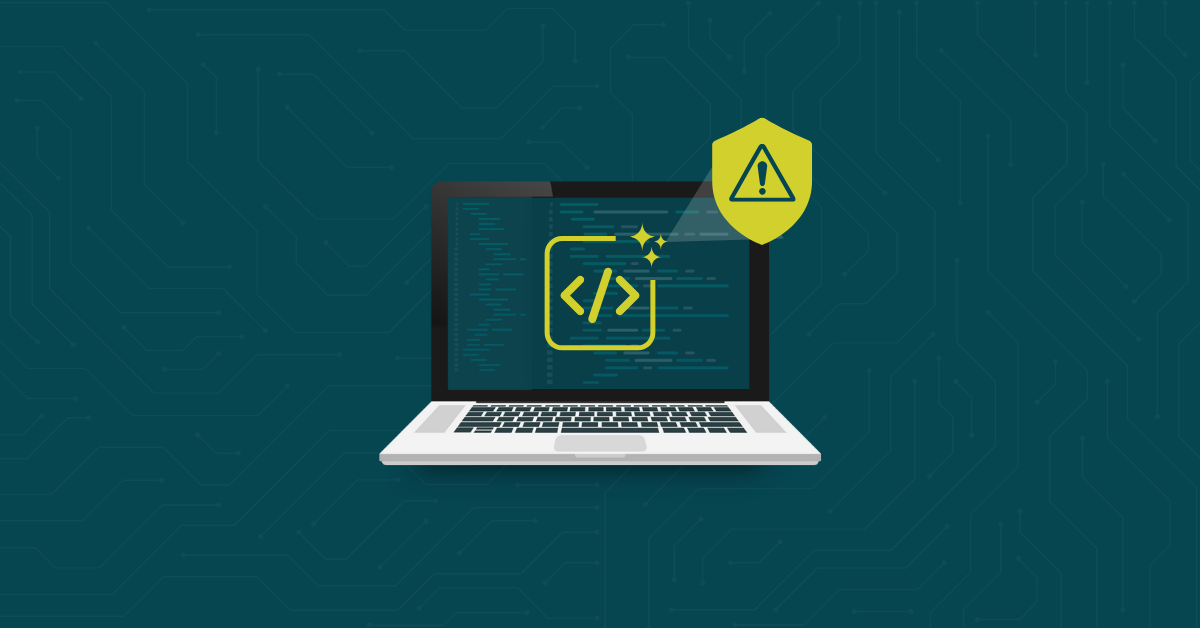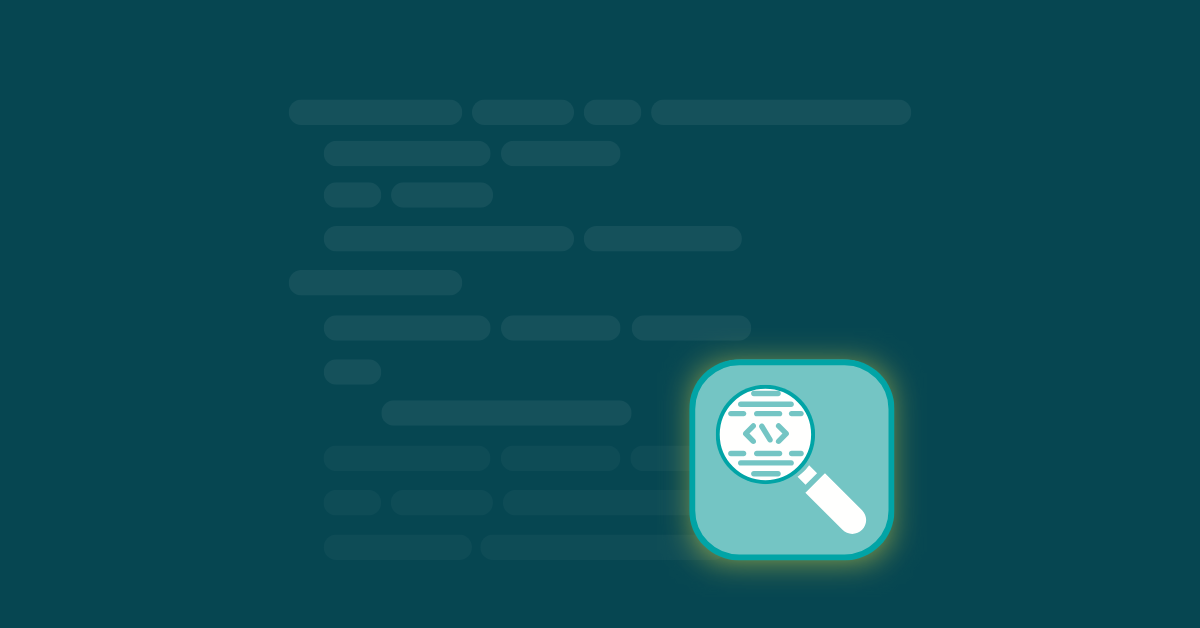

We’re witnessing a fundamental shift in how secrets leak into codebases, and traditional scanning approaches are falling dangerously behind.
The numbers tell a stark story. Recent reports suggest that teams using AI code-generation tools may face up to ~40% higher risk of secret exposures compared with traditional workflows. Yet, most organizations are still relying on post-commit scanning, essentially playing security whack-a-mole after sensitive data has already entered the pipeline.
When developers use AI assistants, they’re often working with examples, templates, and rapid iterations. This creates large amounts of noise and poor quality coding with new pathways for secrets to slip through.
Developers jump between AI prompts, code snippets, and live environments. API keys from testing easily get pasted into prompts or generated code without conscious thought.
AI tools love generating complete, runnable examples. These often include placeholder secrets that look real enough to work, and are sometimes even real keys copied from documentation or previous projects.
The faster pace of AI-assisted development means less manual review of generated code before it moves through the pipeline, providing more opportunities for secrets to be exposed.
In this age of AI, we need to rethink our detection strategy entirely. Instead of catching secrets after they’re committed, we should prevent them from entering the codebase at all.
IDE-native prevention works because it catches secrets at the moment of creation. When a developer pastes an AWS key into their editor, immediate flagging prevents the muscle-memory commit that follows (think Auto ToDo, Secrets Scanning pre-commit check, or Clippy-the-Secrets-Cop).
Prompt-level scanning represents the next frontier. If we can scan AI prompts before code generation, we intercept secrets or secrets-request events before they multiply across generated files.
Browser-based detection closes the loop for web-based development environments and AI tools. Secrets often start in browser sessions with a catch there preventing downstream exposure.
Start with your highest-risk teams. Focus on groups heavily using AI development tools or working with production infrastructure.
Deploy IDE plugins that scan in real time, not just on save. The friction of stopping mid-thought is far less than the friction of emergency key rotation (see Officer Clippy above).
This is also where Static Application Security Testing (SAST) becomes essential. By embedding SAST directly into your development workflow, you can detect vulnerabilities and exposed secrets as code is written—not after it’s committed.
Kiuwan Code Security integrates seamlessly with popular IDEs to deliver instant feedback on potential security issues during development. It helps teams maintain velocity while reducing risk by identifying misconfigurations, insecure code patterns, and secret exposure before code ever leaves the developer’s environment.
Create “safe prompt” templates for your common AI use cases. Pre-built prompts with placeholder secrets reduce the temptation to use real credentials for quick testing.
Implement progressive scanning layers: IDE → pre-commit → CI/CD → runtime. Each layer catches what the previous one missed—but the goal is prevention, not detection.
The most successful teams treat secret prevention as a developer experience problem, not just a security problem. They ask: “How do we make it easier to do the right thing than the wrong thing?”
This means building friction-free secret management that works seamlessly with AI tools. It means creating development workflows where using proper secret injection is simpler than hardcoding keys.
The organizations that master this balance—maintaining AI development velocity while preventing secret sprawl—will have a significant competitive advantage. The question isn’t whether to adapt your secret management strategy for AI development. It’s how quickly you can implement prevention-first approaches before the next breach teaches the lesson for you.
JD Burke is a seasoned technology professional with over 20 years of experience in product management and application security, currently serving as Director of Security Products at Sembi. His deep expertise in application security testing spans SAST, SCA, and DevOps integration, demonstrated through senior technical roles at leading cybersecurity companies. His technical foundation includes systems architecture experience. He combines strong product management skills with hands-on application security knowledge, having successfully led cross-functional teams through strategic planning, feature development, and market positioning while maintaining expertise in vulnerability assessment, compliance frameworks, and security tool integration.


